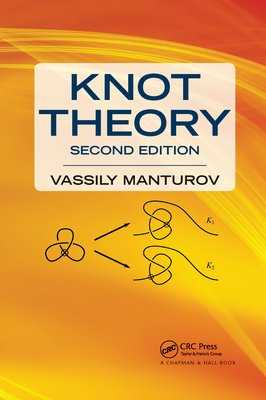Geometric Algebra Applications Vol. II: Robot Modelling and Control
暫譯: 幾何代數應用卷二:機器人建模與控制
Bayro-Corrochano, Eduardo
- 出版商: Springer
- 出版日期: 2020-06-20
- 售價: $7,870
- 貴賓價: 9.5 折 $7,477
- 語言: 英文
- 頁數: 600
- 裝訂: Hardcover - also called cloth, retail trade, or trade
- ISBN: 3030349764
- ISBN-13: 9783030349769
-
相關分類:
機器人製作 Robots
海外代購書籍(需單獨結帳)
相關主題
商品描述
This book presents a unified mathematical treatment of diverse problems in the general domain of robotics and associated fields using Clifford or geometric alge-bra. By addressing a wide spectrum of problems in a common language, it offers both fresh insights and new solutions that are useful to scientists and engineers working in areas related with robotics.
It introduces non-specialists to Clifford and geometric algebra, and provides ex-amples to help readers learn how to compute using geometric entities and geomet-ric formulations. It also includes an in-depth study of applications of Lie group theory, Lie algebra, spinors and versors and the algebra of incidence using the universal geometric algebra generated by reciprocal null cones. Featuring a detailed study of kinematics, differential kinematics and dynamics using geometric algebra, the book also develops Euler Lagrange and Hamiltoni-ans equations for dynamics using conformal geometric algebra, and the recursive Newton-Euler using screw theory in the motor algebra framework. Further, it comprehensively explores robot modeling and nonlinear controllers, and discusses several applications in computer vision, graphics, neurocomputing, quantum com- puting, robotics and control engineering using the geometric algebra framework. The book also includes over 200 exercises and tips for the development of future computer software packages for extensive calculations in geometric algebra, and a entire section focusing on how to write the subroutines in C++, Matlab and Maple to carry out efficient geometric computations in the geometric algebra framework. Lastly, it shows how program code can be optimized for real-time computations.
An essential resource for applied physicists, computer scientists, AI researchers, roboticists and mechanical and electrical engineers, the book clarifies and demon-strates the importance of geometric computing for building autonomous systemsto advance cognitive systems research.
商品描述(中文翻譯)
這本書以Clifford或幾何代數的統一數學方法,探討機器人學及相關領域中的各種問題。通過使用共同的語言來解決廣泛的問題,它為從事與機器人相關領域的科學家和工程師提供了新見解和新解決方案。
本書向非專家介紹Clifford和幾何代數,並提供範例幫助讀者學習如何使用幾何實體和幾何公式進行計算。它還深入研究了李群理論、李代數、旋量和向量的應用,以及使用由倒數零錐生成的普遍幾何代數的交集代數。書中詳細研究了使用幾何代數的運動學、微分運動學和動力學,並發展了使用共形幾何代數的歐拉-拉格朗日方程和哈密頓方程,以及在馬達代數框架中使用螺旋理論的遞歸牛頓-歐拉方程。此外,它全面探討了機器人建模和非線性控制器,並討論了在計算機視覺、圖形學、神經計算、量子計算、機器人學和控制工程中使用幾何代數框架的幾個應用。本書還包括200多個練習題和有關未來計算幾何代數的計算軟體包開發的提示,以及一整個部分專注於如何在C++、Matlab和Maple中編寫子例程,以在幾何代數框架中進行高效的幾何計算。最後,它展示了如何優化程式碼以進行即時計算。
這本書是應用物理學家、計算機科學家、人工智慧研究人員、機器人學家以及機械和電氣工程師的重要資源,闡明並展示了幾何計算在構建自主系統以推進認知系統研究中的重要性。












